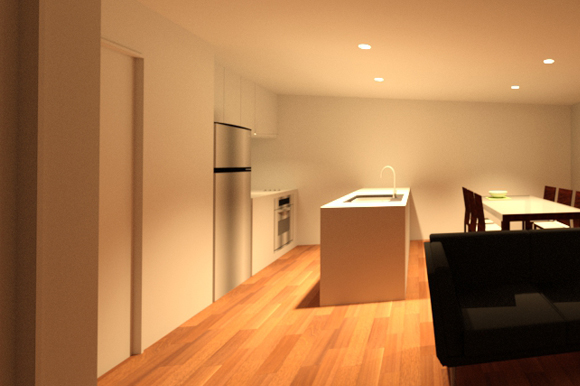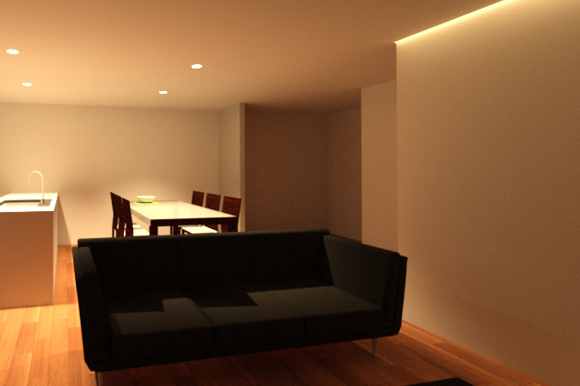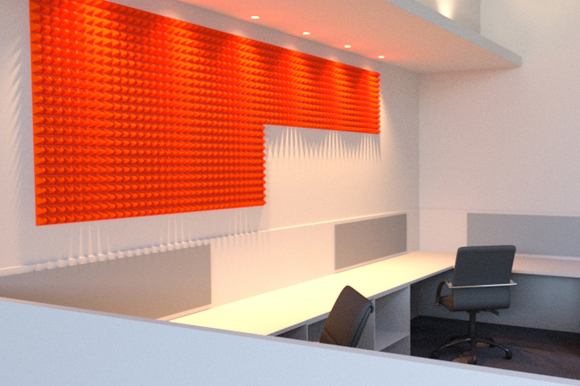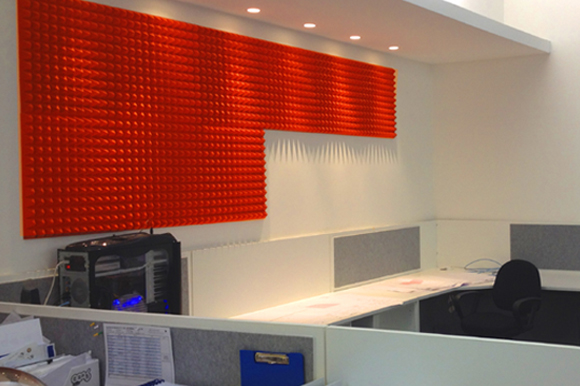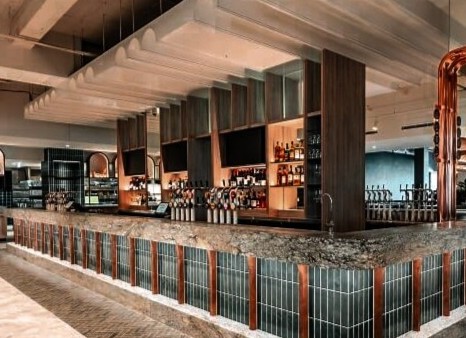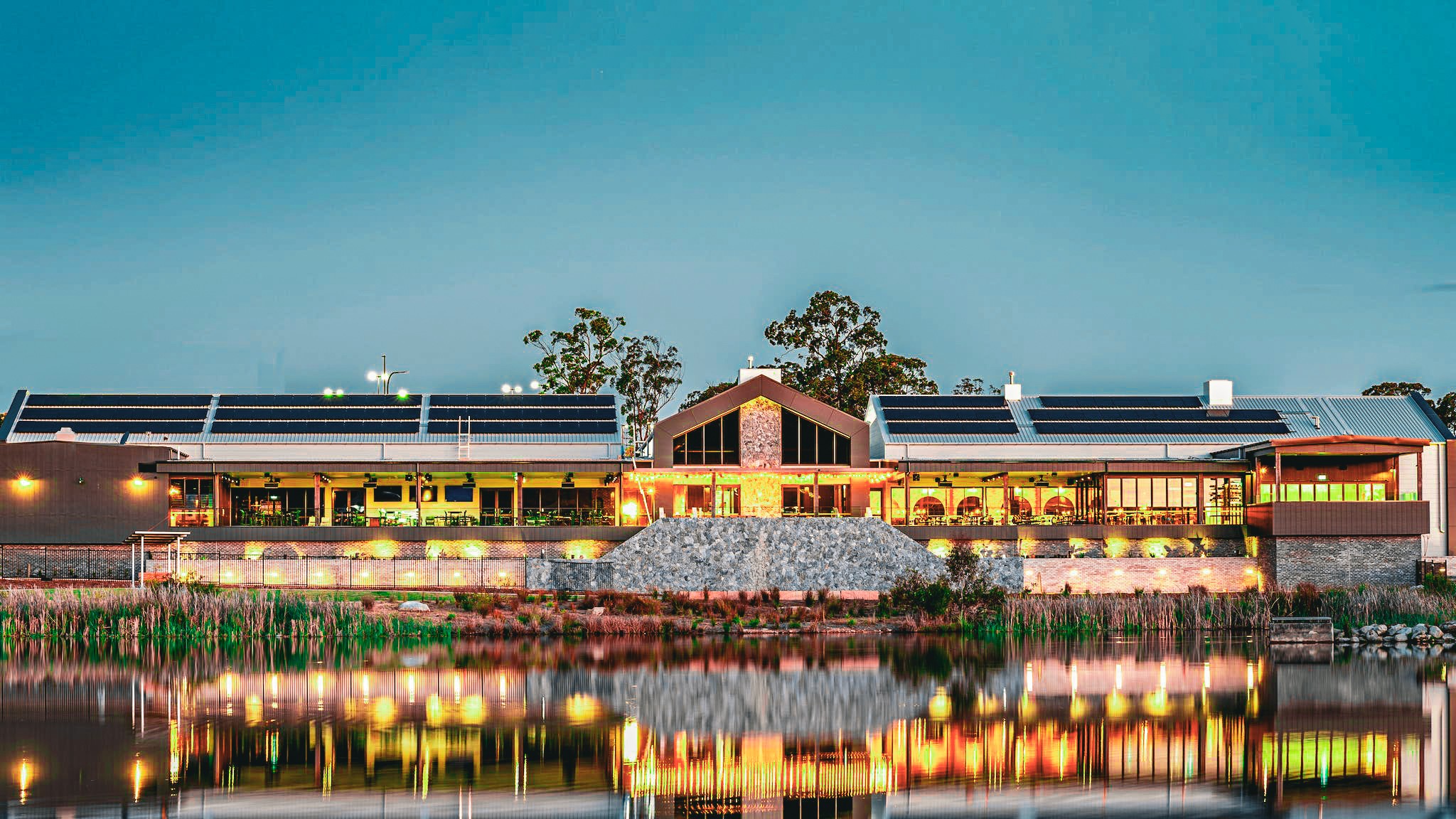Over the last 15 years Haron Robson has been involved in the development of light-accurate modelling software, and we’re now on the cusp of what looks like an extremely exciting turning point in the life of the current incarnation.
Originally using games programs to engineer photo-realistic room scenes, the real-estate industry have been early-adopters of these types of software solutions, but the light-rendering capability was always inaccurate. This lighting-specific software takes two leaps forward, and is based on true simulations of how light actually behaves, allowing for representations of how designs will function when actually constructed. This allows our designers to identify potential issues and experiment with alternative solutions in real time, saving design development hours.
We used early versions of the software to model the lighting of the National Maritime Museum in London, where the lighting design team developed the lighting solutions for this historic series of buildings. Earlier versions of the software have been used to communicate lighting concepts for luxury homes, where the near photo-realistic images assist in conveying technical concepts, to help the client better understand the design intent.
Over the last three years we have had a server-based solution operating within the office, and this has been used to speed up the development of concept designs and communicate lighting options in terms of lighting effect, cost and energy consumption. This new software, rather than being an adjunct to our design process, has become an integral part of the system; it allows us to illustrate possible design options and solutions for large and distributed project design teams.
